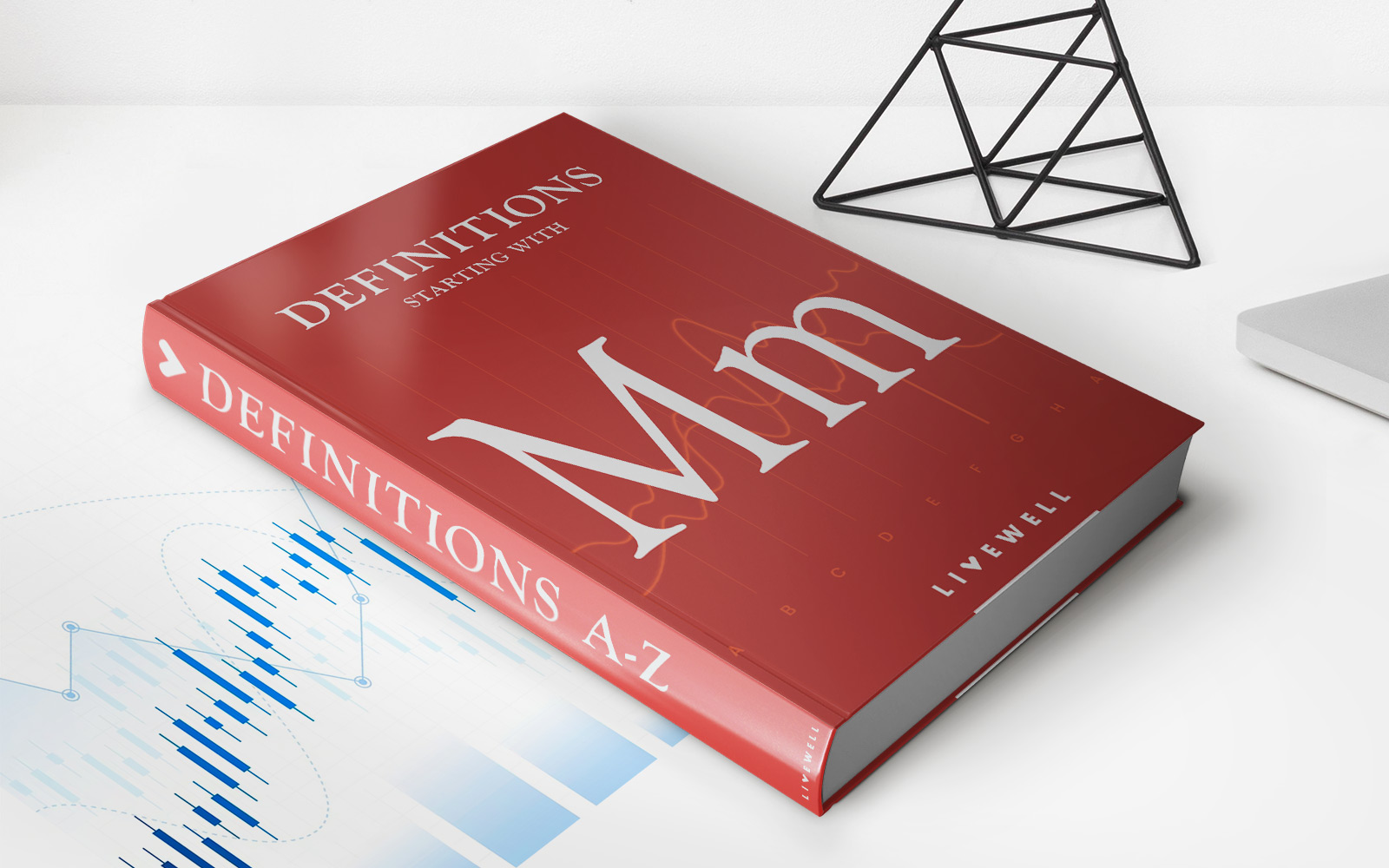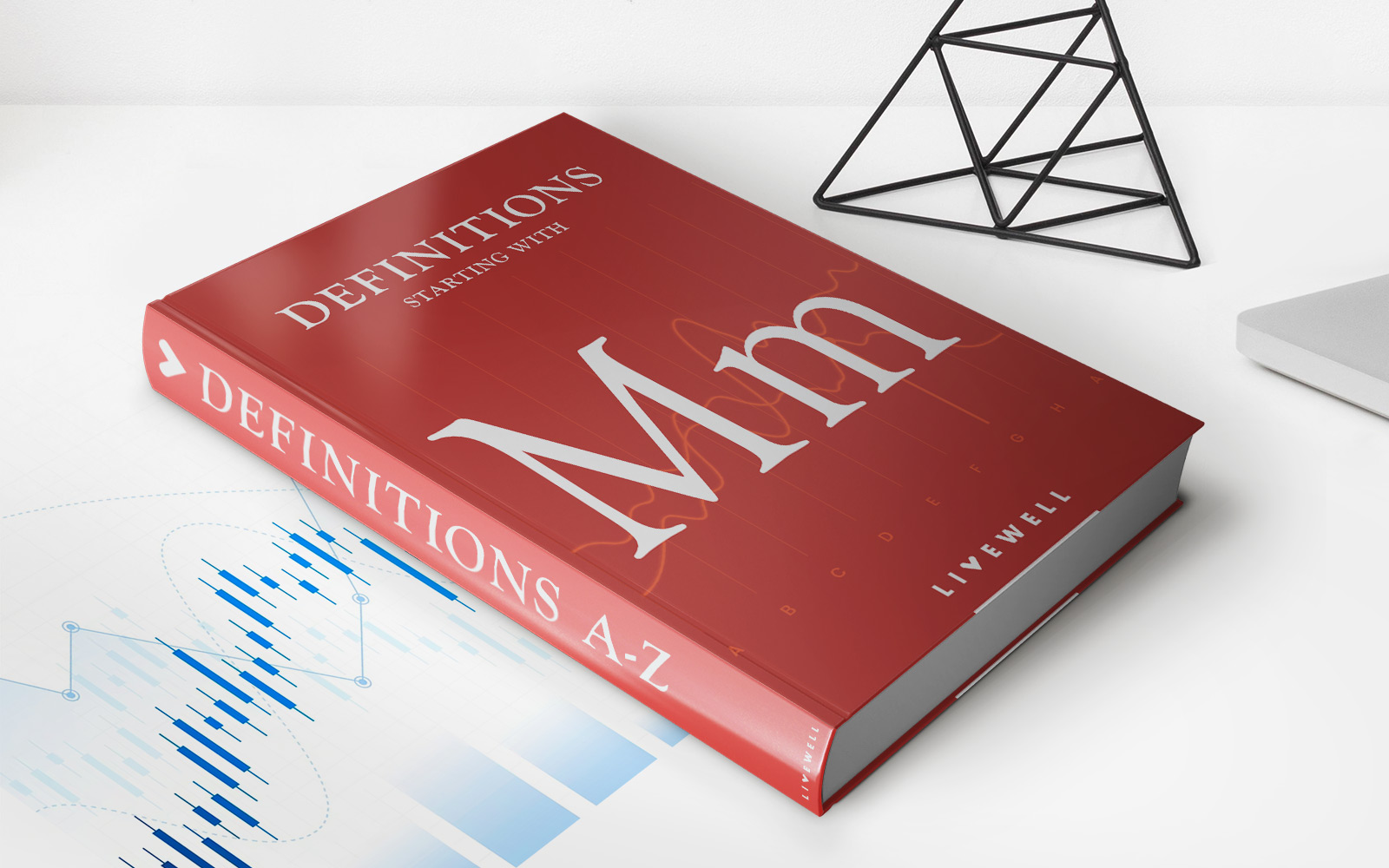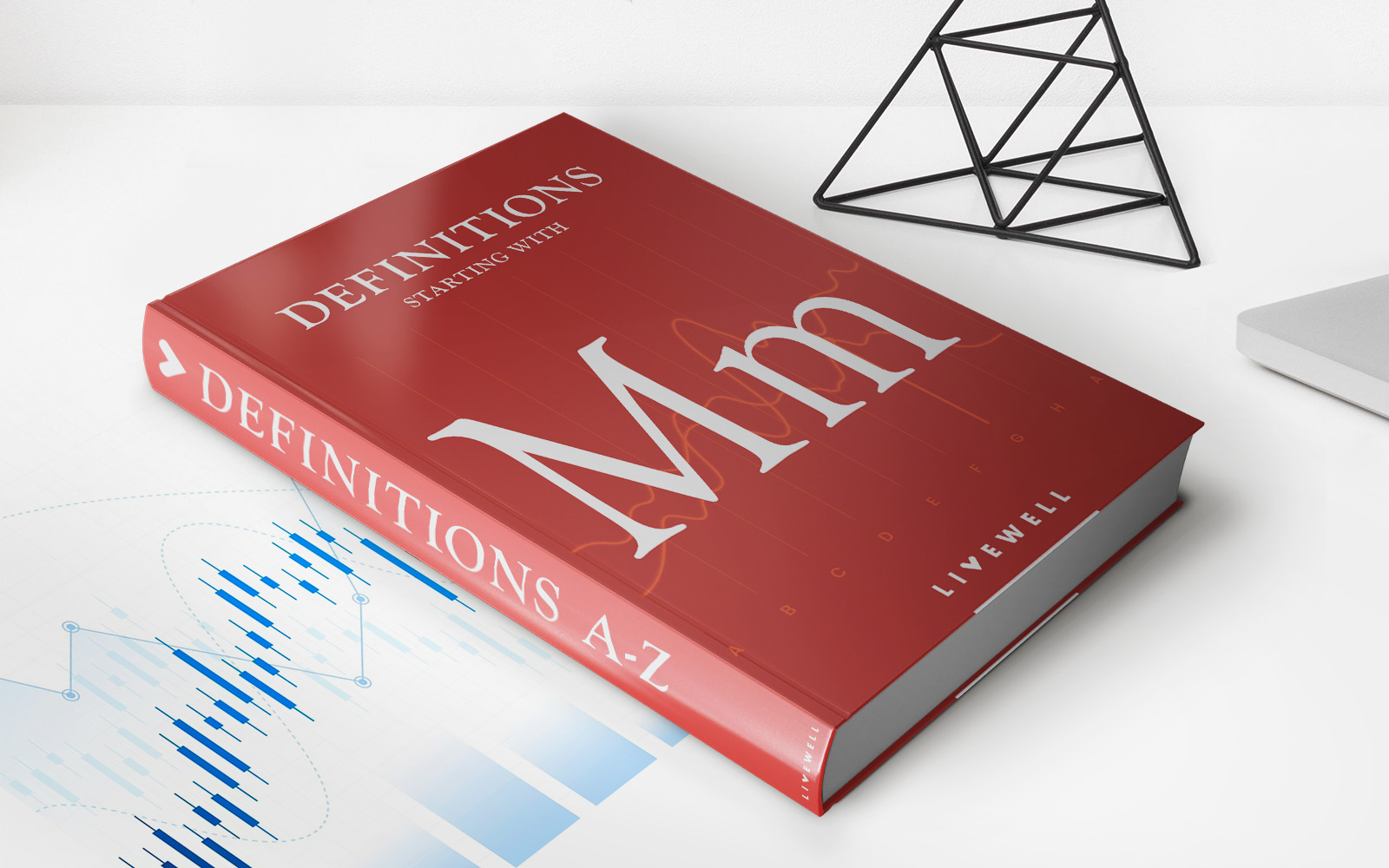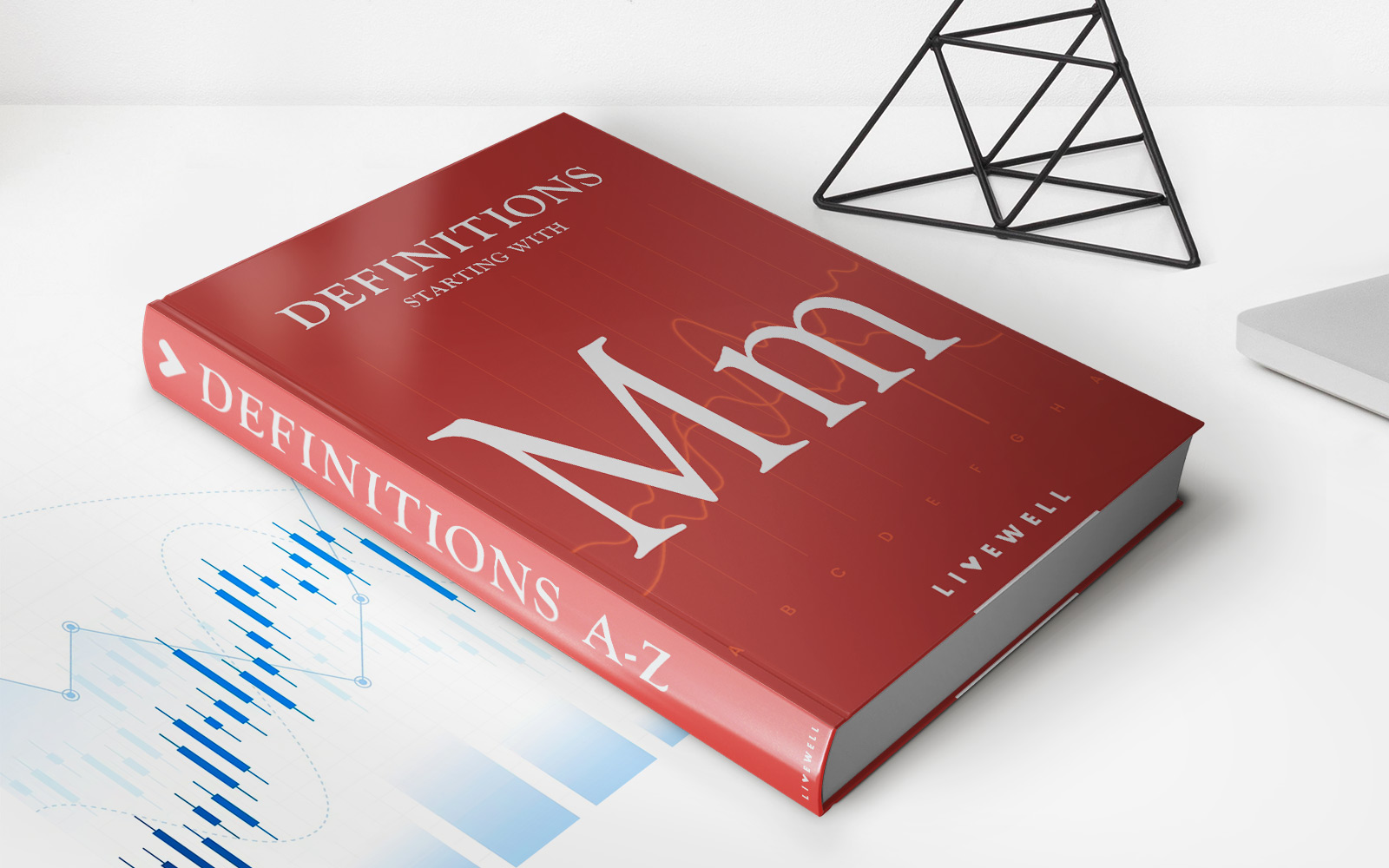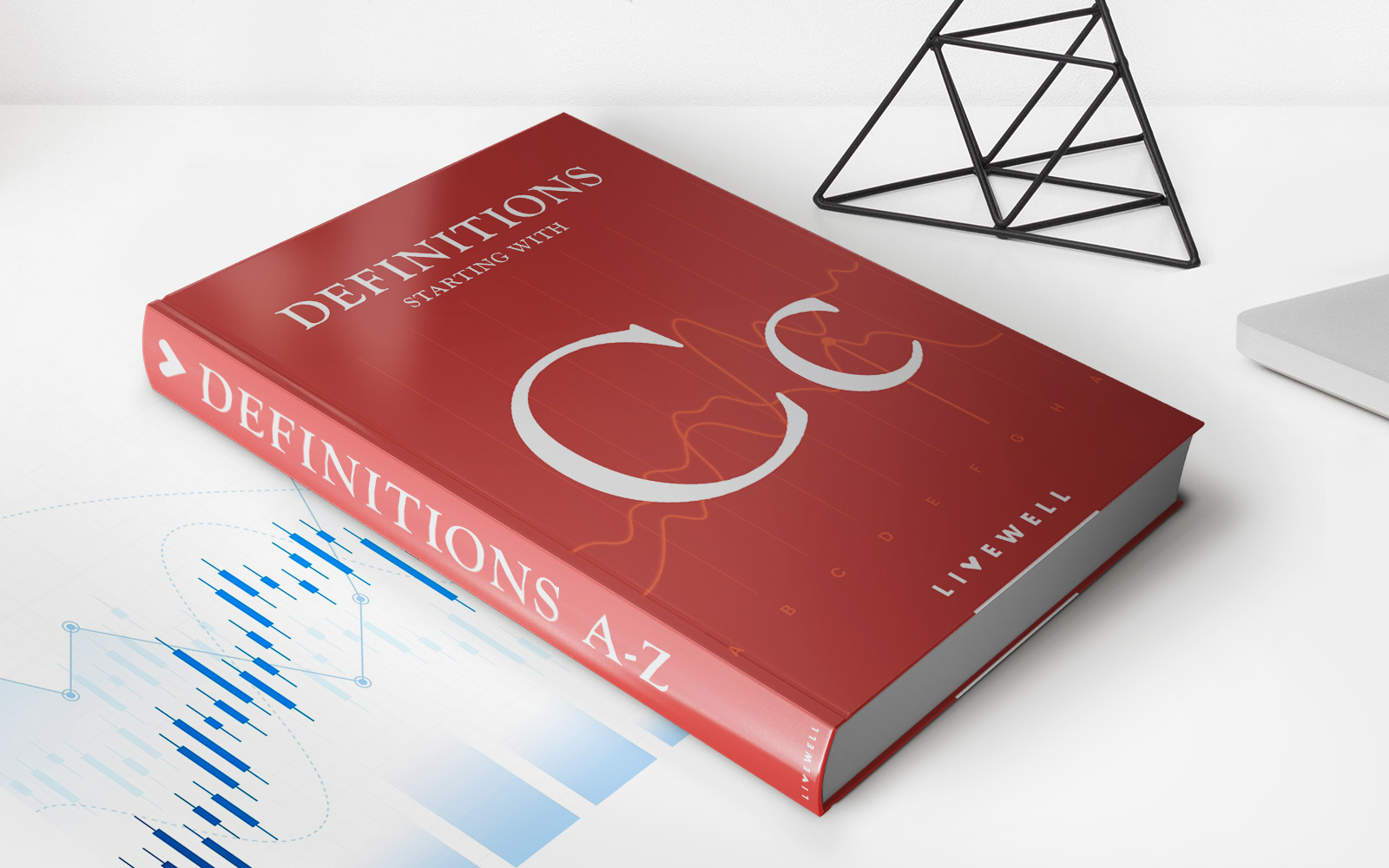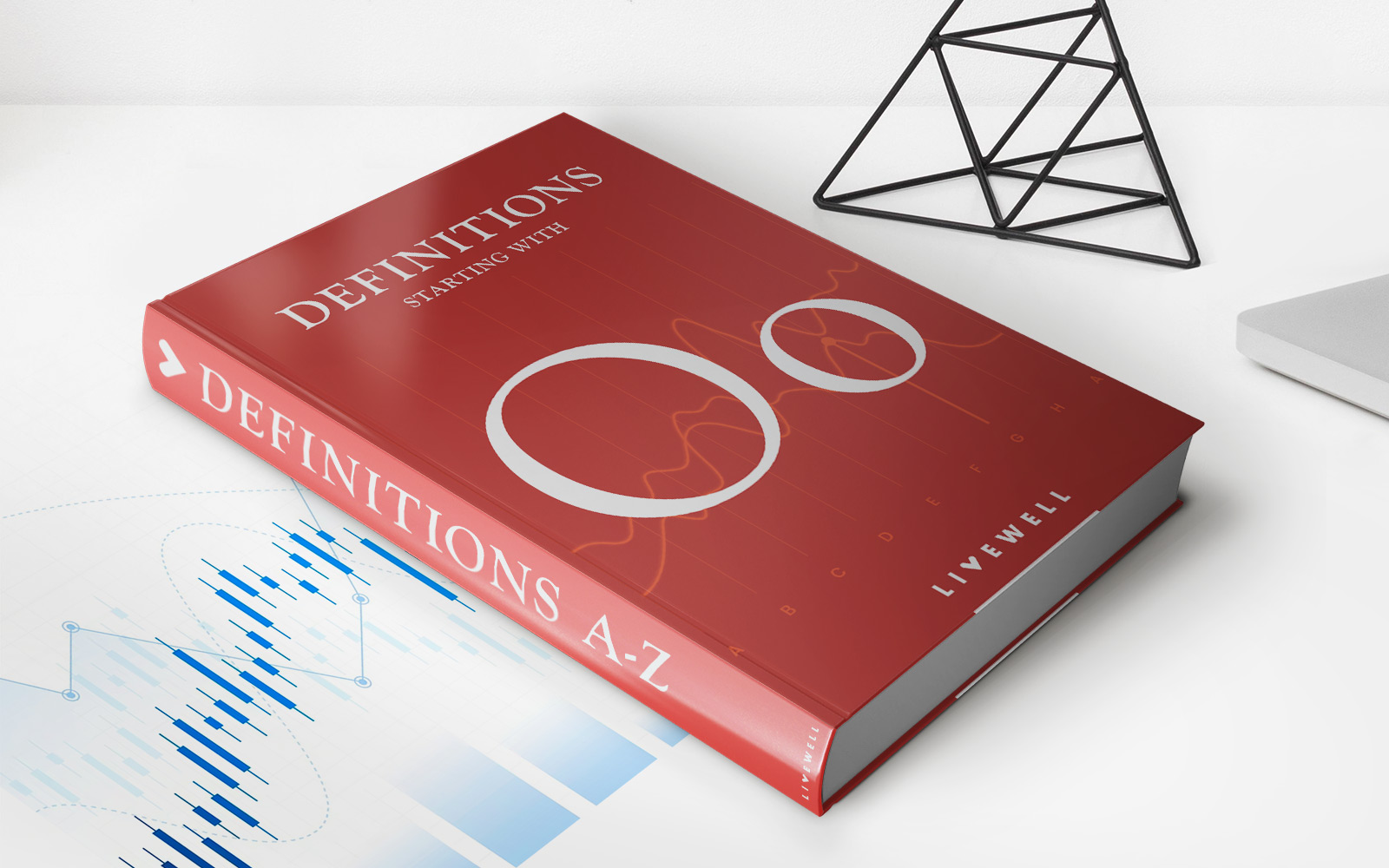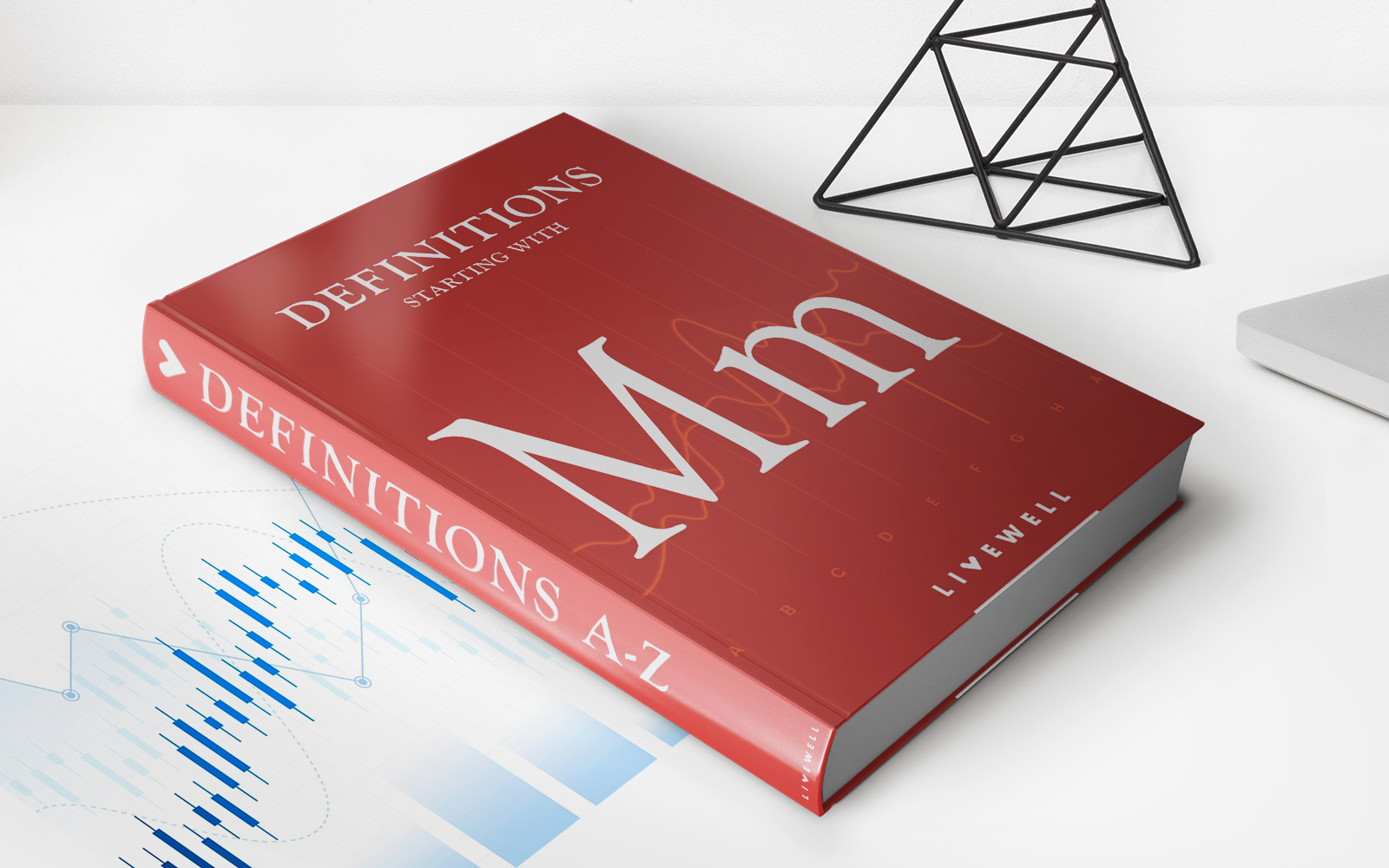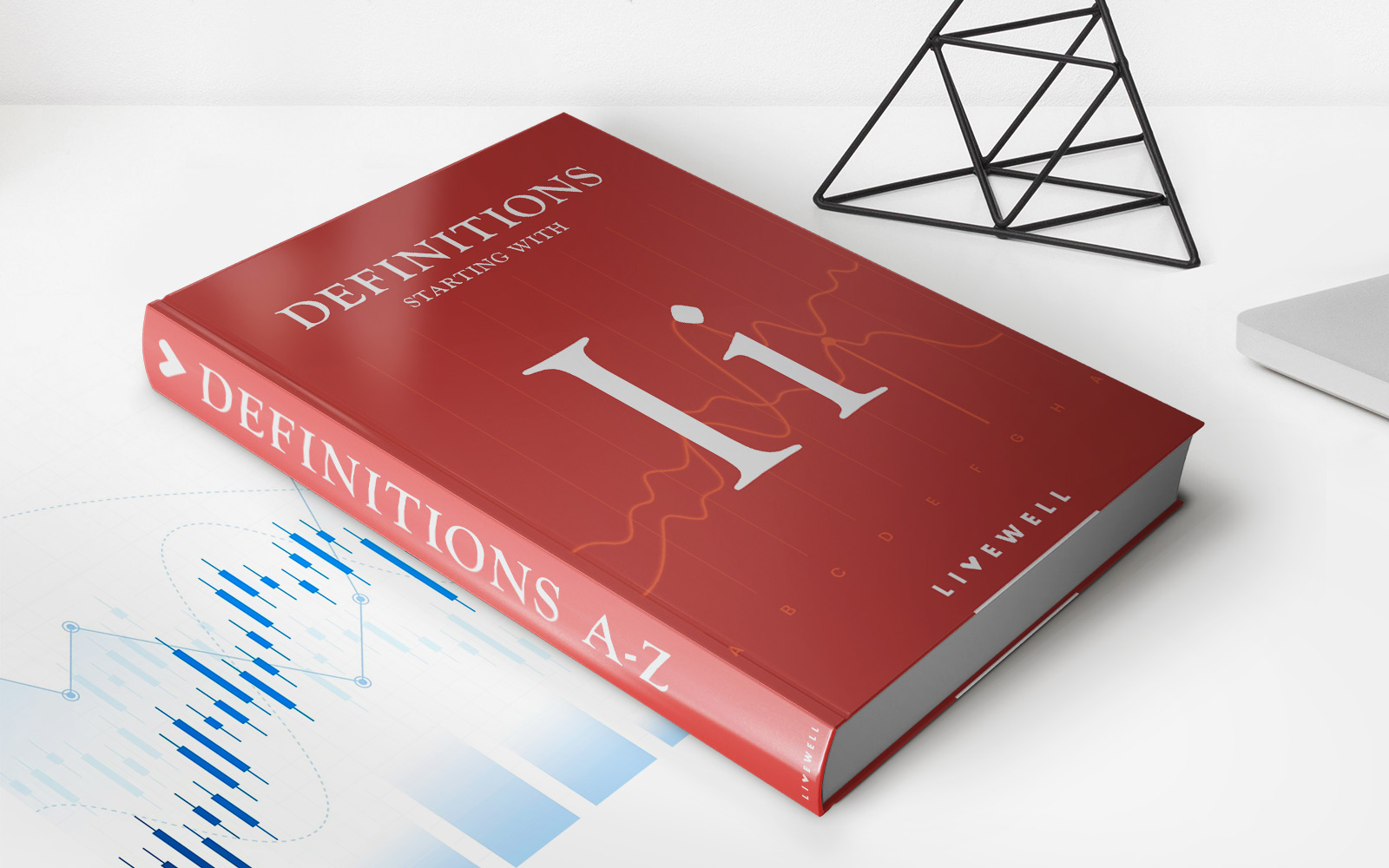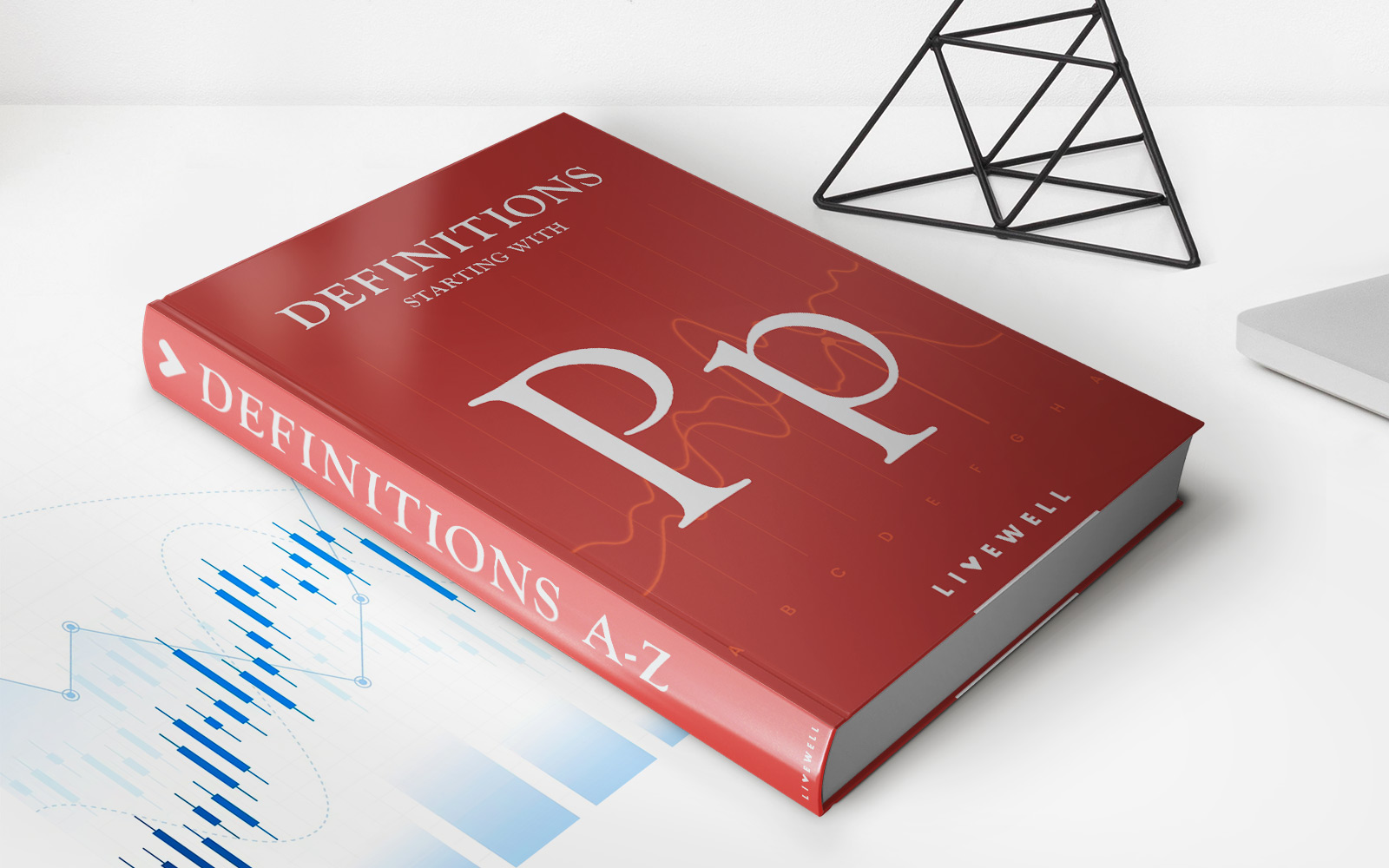Home>Finance>Discount Margin (DM): Definition, When It Applies, And Calculation
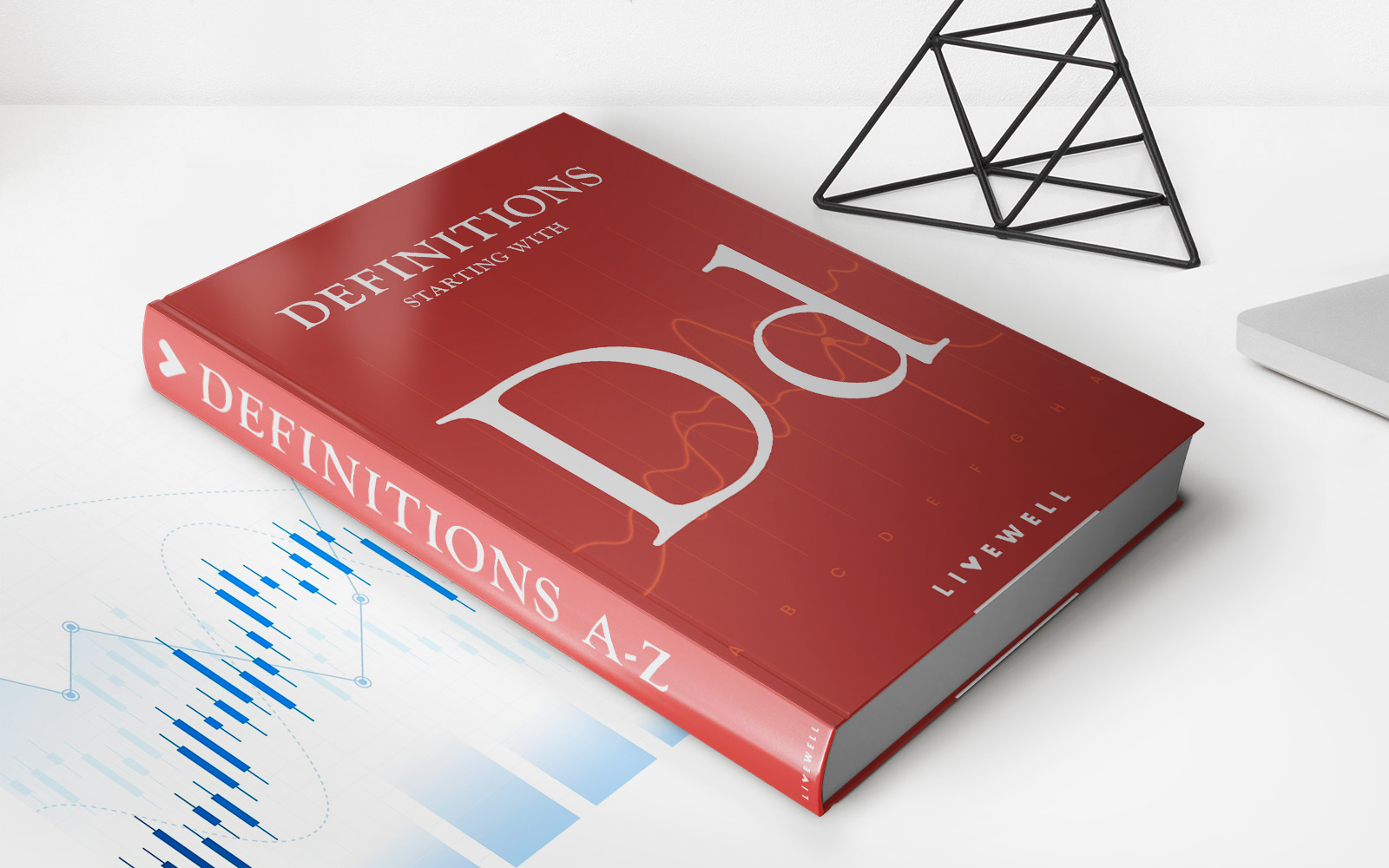

Finance
Discount Margin (DM): Definition, When It Applies, And Calculation
Published: November 12, 2023
Learn about discount margin (DM) in finance, including its definition, when it applies, and how to calculate it. Get a clearer understanding of this important concept in the financial industry.
(Many of the links in this article redirect to a specific reviewed product. Your purchase of these products through affiliate links helps to generate commission for LiveWell, at no extra cost. Learn more)
Discount Margin (DM): Definition, When It Applies, and Calculation
Are you puzzled by financial jargon? Don’t worry; we’ve got you covered! In this blog post, we will demystify the concept of Discount Margin (DM) and shed light on its definition, when it applies, and how to calculate it. Whether you’re just starting your financial journey or looking to expand your knowledge, understanding DM is crucial. So, let’s dive in and unravel the complexities behind this intriguing term!
Key Takeaways:
- Discount Margin (DM) is a measure used in finance to calculate the difference between the required return on an investment and its market price.
- DM is especially applicable in fixed-income securities, such as bonds, where it helps investors evaluate the potential risks and returns.
So, what exactly is Discount Margin (DM)? DM is the premium or discount added to a fixed-income security’s stated interest rate to make it equal to the market rate. It is an essential metric for investors and analysts who want to assess the attractiveness of a bond investment.
Now, you might be wondering when DM applies. Well, it comes into play when there is a discrepancy between a bond’s current market price and its face value. This situation may arise due to changing interest rates, creditworthiness of the issuer, or market demand and supply dynamics.
Calculating Discount Margin (DM) involves a few steps, but fear not, it’s not as daunting as it sounds. Here’s a simple breakdown:
- Start with the market price or market value of the bond.
- Deduct the present value of all future cash flows from the bond.
- Divide the resultant value by the number of periods remaining until the bond’s maturity date.
- Finally, subtract the actual yield on the bond from the calculated value above to obtain the Discount Margin (DM).
With the Discount Margin (DM) calculated, investors can assess whether the bond investment offers an adequate return considering the associated risks. A positive DM indicates an attractive investment opportunity, while a negative DM suggests that the bond is overvalued or carries more risk.
Key Takeaways:
- Discount Margin (DM) is a measure used in finance to calculate the difference between the required return on an investment and its market price.
- DM is especially applicable in fixed-income securities, such as bonds, where it helps investors evaluate the potential risks and returns.
In conclusion, Discount Margin (DM) is a valuable tool for evaluating fixed-income securities, particularly bonds. By understanding its definition, when it applies, and how to calculate it, you gain insights that can help guide your investment decisions. So, the next time you come across the term DM, you’ll be equipped to navigate the financial landscape with confidence!
